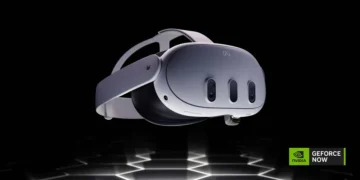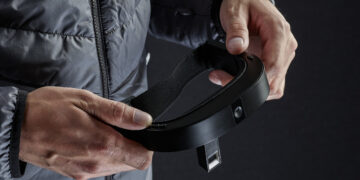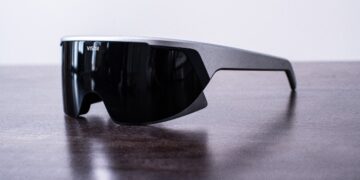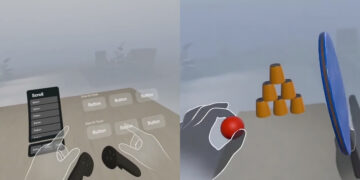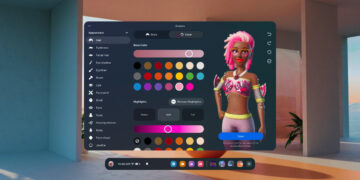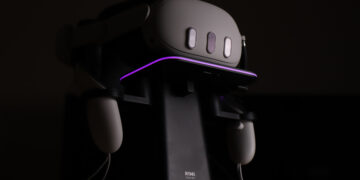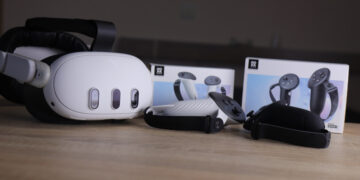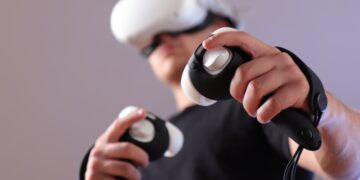New VR Headset from Pico – Pico G3
Pico Interactive, the company behind VR Headsets like Pico 4 or Pico 3 Neo, recently announced that a new VR headset is on the way. However, this time, it won’t be intended for consumers.
The headset is a standalone 3-DoF device, meaning that, unlike most VR headsets, it doesn’t allow users to move around freely in virtual reality. Instead, users can only rotate their heads to look around, similar to the tracking capabilities we saw in Google Cardboard headsets from the previous decade.
What sets this headset apart is its use of the Snapdragon XR2 chipset, which may sound not surprising taking into account that every standalone VR headset uses this chip, but Pico G3 will be the first 3-DoF headset that actually utilizes this chipset.
Specifications
Pico G3 offers Qualcomm Snapdragon XR2 Chipset with 6GB of RAM, featuring a display at 1832 x 2160 per eye at 773 PPI and 72/90Hz refresh rate, with Fresnel Lenses and 3-step manual adjustment like in the Quest 2. The Headset weighs 604g with a battery capacity of 5300mAh and ships with one 3-DoF controller.
It is worth noting that even the widely used Snapdragon XR2 chipset for current VR headsets will soon be surpassed by newer technology. The highly anticipated Meta Quest 3, scheduled for release at Meta Connect in October of this year, is expected to feature the Snapdragon XR2 Gen 2, which is set to be two times more powerful than its predecessor.
The Pico G3 is priced at 399 Euros, which is comparable to the significantly more advanced Pico 4’s consumer version, which costs 429 Euros. However, It is important to note there, that the Enterprise version of Pico 4 is 899 Euros, so G3 may be treated as a cost-effective alternative to the enterprise-level Pico 4.
Interestingly, the previous business-oriented VR headset, the Pico G2, features a higher display resolution and pixel density than the newer Pico G3. The Pico G2’s displays had a combined resolution of 3840 x 2160 at a pixel density of 818 pixels per inch (PPI), while the Pico G3 offers a combined resolution of only 3664 x 1920 with a PPI of 773.
Despite the lower display resolution and pixel density, the Pico G3 outperforms the Pico G2 in several key areas. For example, the G3 boasts a significantly larger battery capacity, nearly double that of the G2. Additionally, the G3’s XR2 offers much more powerful processing power than G2’s hardware.
This headset of course won’t replace your current Quest 2 or other VR HMD, but as we said, it isn’t focused on the consumer market. Let us take a look at what this new Headset from Pico offers in the Educational and Business segments.
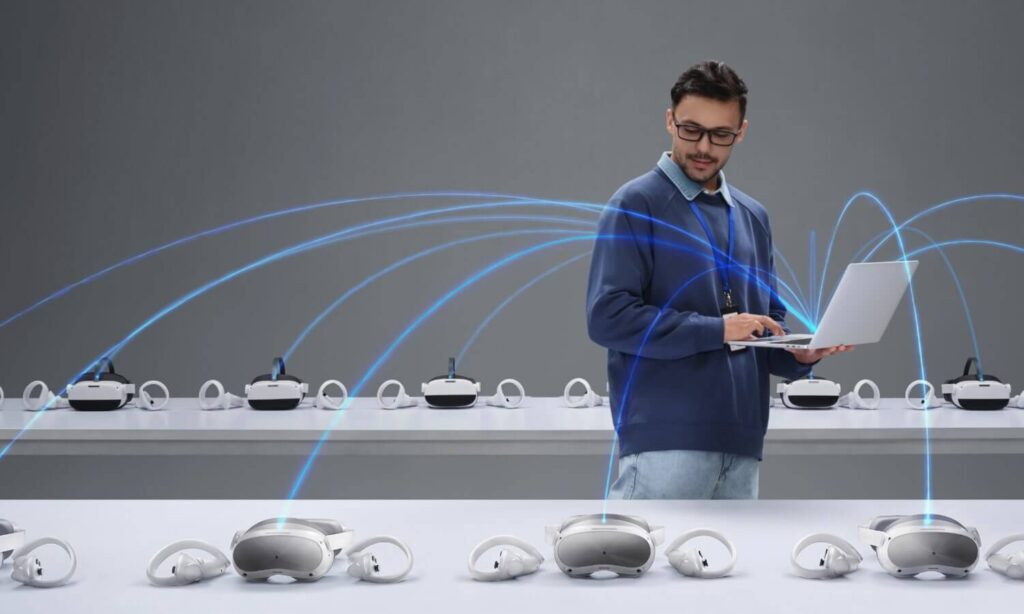
Pico’s Headset for Business
Pico’s new VR Headset is set to have a main focus on Businesses. It has software built especially for Business and can be managed from one place.
Information from Pico Business suite
Enterprises can manage and deploy PICO VR all-in-ones with ease. You will enjoy user content management through role-based access control, content distribution based on central control and SSO-integrated content management and account systems.
Pico’s Bussines software offers Synchronization and streaming that can be used for providing external, virtual monitors, and Kiosk Mode, which is used for simulation and location-based training (G3 is not location-based, so most probably users would use different software provided by Pico), and other Business apps and devkits for Programmers and Developers.
Pico’s Headset for Education
Pico is promoting Virtual Reality Training in Health Care – “The Pico G3 features a larger battery capacity than that of the G2 4K” Says Redbox VR in the article “This is important for businesses that use VR for extended periods, such as healthcare providers or manufacturing companies.“
Moreover, the ability to control all VR devices from one place, a laptop for example, can be a very useful thing in a classroom. The capability of launching the game on twenty headsets at once can be a big deal.
EducationSinVR reported that Pico offers a big amount of Educational games, such as Mozilla Hubs, ENGAGE XR, VictoryXR, MEL Chemistry VR, VR Immersive Education, and RiVR. While many of them need 6-DoF Tracking and Controllers, it is highly possible that some games were made especially for 3-DoF headsets like G3.



